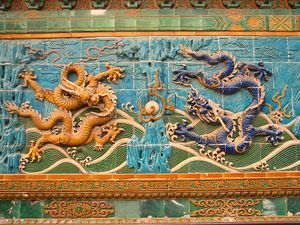Main Page: Difference between revisions
Jump to navigation
Jump to search
No edit summary |
(→Notes) |
||
| Line 30: | Line 30: | ||
* {{cite book |author=Boggs, S., Jr. |year=1987 |title=Principles of Sedimentology and Stratigraphy |edition=1st |publisher=Merrill |isbn=0-675-20487-9 |ref=Boggs1987}} | * {{cite book |author=Boggs, S., Jr. |year=1987 |title=Principles of Sedimentology and Stratigraphy |edition=1st |publisher=Merrill |isbn=0-675-20487-9 |ref=Boggs1987}} | ||
* {{cite book |author=Boggs, S., Jr. |year=2006 |title=Principles of Sedimentology and Stratigraphy |edition=4th |publisher=[[Pearson Prentice Hall]] |location=Upper Saddle River, NJ |isbn=978-0-13-154728-5 |ref=Boggs2006}} | * {{cite book |author=Boggs, S., Jr. |year=2006 |title=Principles of Sedimentology and Stratigraphy |edition=4th |publisher=[[Pearson Prentice Hall]] |location=Upper Saddle River, NJ |isbn=978-0-13-154728-5 |ref=Boggs2006}} | ||
{{Refend}} | {{Refend}} | ||
| Line 42: | Line 41: | ||
Japan|static=yes|height=300|width=500|type=terrain | Japan|static=yes|height=300|width=500|type=terrain | ||
}} | }} | ||
==External links== | ==External links== | ||
*[http://news.bbc.co.uk/2/hi/asia-pacific/6171963.stm Chinese Dragons in the news] | *[http://news.bbc.co.uk/2/hi/asia-pacific/6171963.stm Chinese Dragons in the news] | ||
*[http://query.nytimes.com/gst/fullpage.html?res=9501E3D7133DF93AA15757C0A9659C8B63&sec=health&spon=&pagewanted=2 From Many Imaginations, One Fearsome Creature, New York Times, April 29, 2003] | *[http://query.nytimes.com/gst/fullpage.html?res=9501E3D7133DF93AA15757C0A9659C8B63&sec=health&spon=&pagewanted=2 From Many Imaginations, One Fearsome Creature, New York Times, April 29, 2003] | ||
Revision as of 23:59, 17 November 2012
A dragon is a creature, typically with serpentine or reptilian traits, that features in the myths of many cultures. There are two distinct cultural traditions of dragons: the European dragon, derived from European folk traditions and ultimately related to Greek and Middle Eastern mythologies, and the Chinese dragon, with counterparts in Japan, Korea and other East Asian countries.
The two traditions may have evolved separately, but have influenced each other to a certain extent, particularly with the cross-cultural contact of recent centuries. The English word "dragon" derives from Greek δράκων (drákōn), "dragon, serpent of huge size, water-snake".[1]
Notes
- Andersen, B. G. & H. W. Borns, Jr. (1994). The Ice Age World. Scandinavian University Press. ISBN 82-00-37683-4.
- Blatt, H., G. Middleton & R. Murray (1980). Origin of Sedimentary Rocks. Prentice-Hall. ISBN 0-13-642710-3.
- Boggs, S., Jr. (1987). Principles of Sedimentology and Stratigraphy (1st ed.). Merrill. ISBN 0-675-20487-9.
- Boggs, S., Jr. (2006). Principles of Sedimentology and Stratigraphy (4th ed.). Upper Saddle River, NJ: Pearson Prentice Hall. ISBN 978-0-13-154728-5.

